A
abacus
A counting board made of rods and beads.
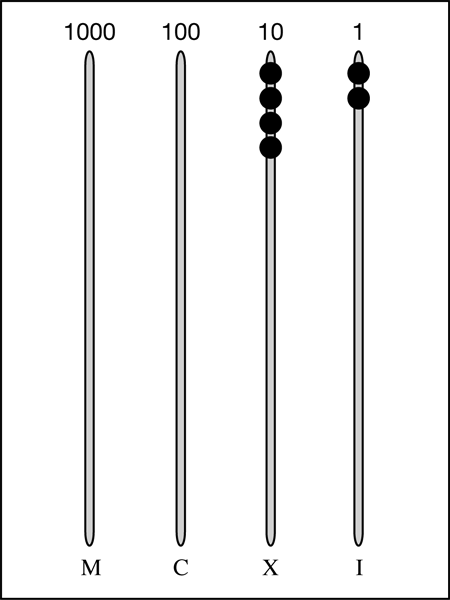
pages 171–183
addend
The numbers that are added in an addition problem are called the addends. For example: 4 + 9 + 6 = 19. 4, 9, and 6 are called addends.
page 19
addition
The operation of finding the total of two or more numbers (e.g., 45 + 7 = 52).
pages 16–18, 136–139, 140–145, 146–147, 184–187
all-partials method
A paper-and-pencil method for solving addition and multiplication problems. Each partial sum or product is recorded on a separate line.
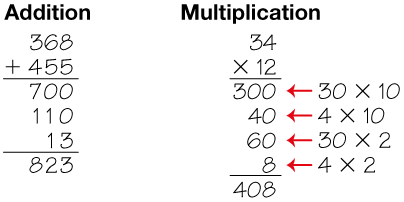
page 141
angle
The amount of turning between two rays that have the same endpoint.

pages 307, 311, 321
apex
The top vertex of a pyramid or cone.

area
The area of a shape is the amount of space it covers, measured in square units.
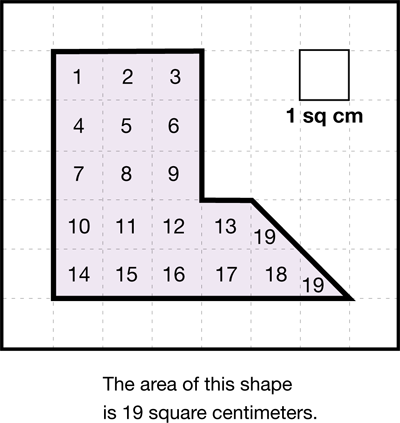
pages 99–100, 104–120, 121, 129–130
array
An array is an arrangement of objects into a rectangular pattern of (horizontal) rows and (vertical) columns.
(See also column and row.)
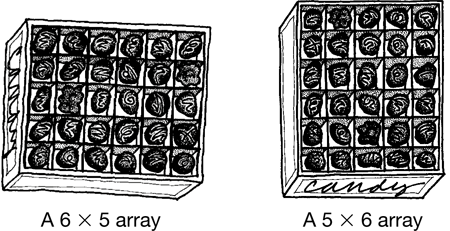
associative property
The change in grouping of three or more addends or factors does not change their sum or product.

average
A number that can be used to represent a typical value in a set of data.
(See also mean, median, and mode.)
axes
Reference lines on graphs and grids. The axes are two perpendicular lines that cross at the origin or zero. The singular of axes is axis.
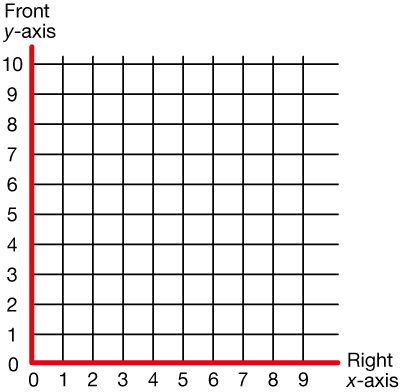
pages 4, 5, 6, 10, 22, 324–326, 340










